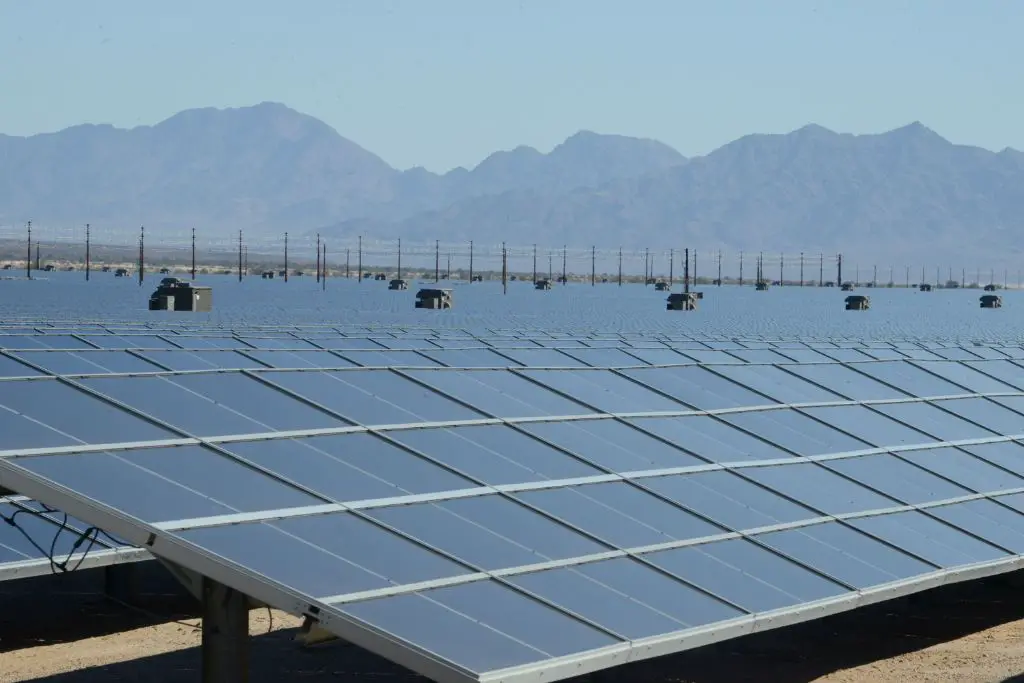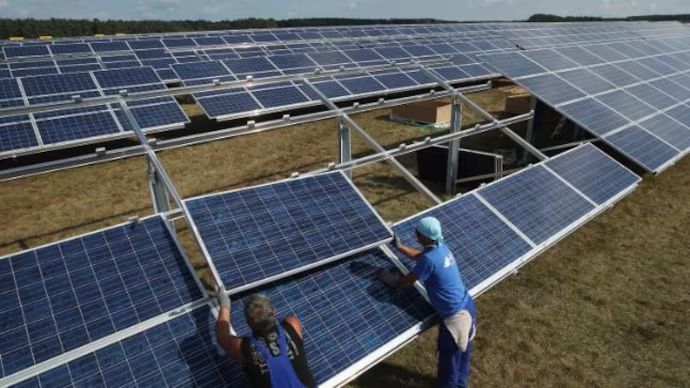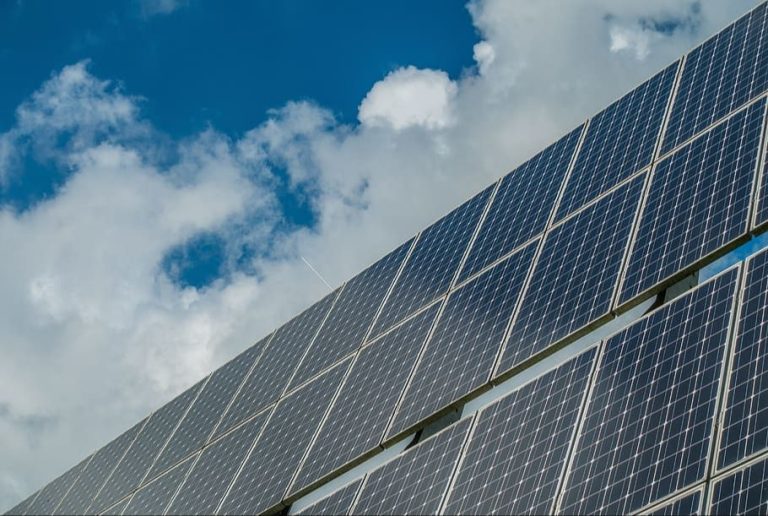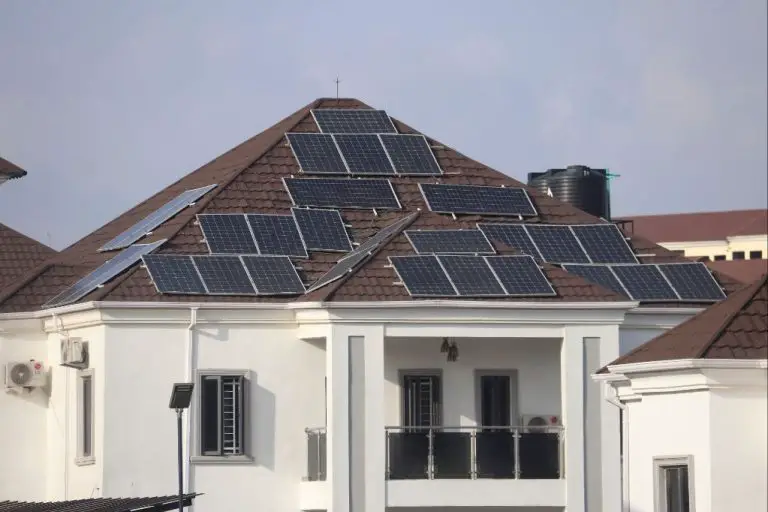How Much Energy Can The Sahara Supply?
With growing concerns over climate change and energy security, there is increased interest in tapping the renewable energy potential of the Sahara desert. The Sahara, spanning over 9 million square kilometers across parts of North Africa, receives tremendous solar irradiation and wind resources. Some studies have estimated the Sahara’s solar potential at over 22,000 TWh per year, exceeding current global electricity consumption. The desert’s wind and geothermal capabilities also hold promise.
Harnessing the Sahara’s renewables could help meet rising energy demand, especially with Africa’s rapidly growing population. It could also enable countries like Morocco, Algeria and Egypt to export clean electricity to Europe. However, effectively utilizing the Sahara’s energy resources would require major investments in generation and transmission infrastructure across North Africa’s vast expanse. Overall, the Sahara holds enormous potential to supply clean energy at scale, but economic and technical challenges remain.
Size and Geography
The Sahara Desert is the largest hot desert on Earth, covering an area of approximately 3.6 million square miles across parts of North Africa. To put this size into perspective, the Sahara Desert is nearly as large as China or the United States, making it the third largest desert behind Antarctica and the Arctic.
The Sahara spans 11 countries, including Egypt, Libya, Chad, Mali, Mauritania, Morocco, Tunisia, Algeria, Niger, Sudan, and Western Sahara. It stretches from the Red Sea and Mediterranean Sea in the north to the Atlantic Ocean in the west, and from the Sahel savanna region in the south to the Atlas Mountains in the northwest.
The landscape of the Sahara consists mainly of barren, sandy expanses, dunes, gravel plains, dry valleys, and salt flats. Only the Nile River and a few oases with small human populations interrupt the desert expanse. The central part of the Sahara has a stony desert known as the Hamada, as well as raised sand seas called ergs that have some of the largest sand dunes in the world.
Solar Potential

The Sahara desert receives abundant solar irradiation, with average solar insolation ranging from 2,000 to 3,000 kWh/m2 per year depending on the exact location. This makes it one of the sunniest regions on Earth and an ideal location for solar power generation. With an area of over 9 million square km, the Sahara could potentially supply several times the world’s total energy needs from solar power alone.
Estimates for the Sahara’s practical solar generation potential range from about 3,500 GW to over 7,000 GW. For comparison, the total installed capacity from all energy sources globally was just 6,000 GW as of 2020. So the Sahara alone could potentially generate more than enough energy to supply the entire world. Converting just a tiny fraction of the Sahara to solar power plants could meet the electricity demand of Europe, Africa and the Middle East several times over.
While the vast scale of the Sahara provides enormous solar resources, actually tapping this potential would require massive investments in solar power plants and transmission infrastructure across North Africa. But with falling solar technology costs and the right economic incentives, the Sahara could one day become a major supplier of renewable energy to Europe, Africa and the Middle East.
Wind Potential
The Sahara desert has strong wind potential that could be harnessed for energy production. Average wind speeds across much of the Sahara range from around 5 to 7 meters per second, which is generally viable for commercial wind power generation. At optimal wind farm sites, average wind speeds can exceed 9 meters per second.
Estimates suggest that building wind farms across just a small fraction of the Sahara could generate many terawatts of electricity annually. For example, one study found that wind farms on around 3% of the desert could supply over 7 terawatts per year. That’s well over the approximately 2.5 terawatts the world currently uses.
Capturing just a minute fraction of the Sahara’s wind power potential could allow large amounts of clean energy to be exported from North Africa to Europe and beyond via high voltage transmission lines. However, major infrastructure investments would be required for turbines, transmission, and storage to make this achievable and economically viable.
Hydroelectric Potential in the Sahara
The Sahara desert contains several major river systems, including the Nile River, that have significant potential for hydroelectric power generation. The Nile River is the longest river in Africa and the world’s longest river, flowing over 6,600 km from central Africa northwards to the Mediterranean Sea. Several dams have already been constructed along the Nile for irrigation and power generation, most notably the Aswan High Dam in southern Egypt which created Lake Nasser. This dam has an installed capacity of 2.1 gigawatts (GW), providing around 10% of Egypt’s electricity needs. However, large sections of the Nile as well as other rivers such as the Niger River remain unutilized for hydroelectricity.
Studies estimate that the total hydroelectric potential of the major rivers in the Sahara region could be over 30 GW. While this is small compared to the massive scale of the Sahara desert, 30 GW would be enough to provide electricity access to over 30 million people in the region. With smart grid technology and integration with other renewable sources such as solar and wind, hydropower from Saharan rivers could provide stable baseload electricity capacity to supplement more intermittent sources. Constructing dams and hydropower plants on remaining sections of the Nile and other rivers could provide clean, renewable energy helping meet rising demand across North Africa and beyond.
In summary, while unable to fully power the region, the Sahara contains significant untapped hydroelectric resources that could make an important contribution to diversifying energy supply and providing electricity access across parts of Africa.
Geothermal Potential
The Sahara Desert has significant potential for geothermal energy due to the high subsurface temperatures resulting from the area’s intense solar radiation. There are several geothermal hotspots scattered across the Sahara, particularly in the Hoggar and Tibesti mountain ranges where temperatures can reach 150°C just 1km below the surface.
Studies estimate the geothermal potential in the Sahara to be around 15,000 TWh per year. This is a massive amount of energy, over 60 times the annual electricity consumption of Africa. However, only a fraction of this potential capacity is likely viable for large-scale exploitation given the remoteness and lack of infrastructure in much of the region.
Nonetheless, geothermal remains a promising renewable energy source for the Sahara. Even tapping into a small percentage of the available capacity could help meet local energy needs and potentially allow some exports to Europe. Further exploration and assessment of specific sites will clarify the magnitude of exploitable resources.
Biomass Potential
The Sahara Desert has limited biomass potential compared to other renewable energy sources due to its arid climate. However, certain desert plants like acacia trees, date palms, and prairie grass are able to survive in the region and could potentially be used as bioenergy feedstocks.
Acacia trees are perhaps the most promising source of bioenergy in the Sahara. Certain acacia species are able to survive with very little water and have adapted to the harsh desert conditions. Their wood can be directly combusted to produce heat and electricity. Acacia trees can also provide wood chips, pellets, and bio-oils that could be used in various bioenergy applications.
Date palms are another potential bioenergy crop, as their fronds, seeds, and other waste products can be used to make solid biomass fuels. However, large-scale date palm cultivation across the Sahara may not be sustainable given the water demands. Prairie grasses may hold more potential, as many varieties are resilient, fast growing, and require little water. These grasses can be harvested and densified into energy-dense pellets or briquettes.
Overall, the realistic bioenergy potential from biomass in the Sahara is likely limited to 10-20 gigawatts. While this pales in comparison to solar, wind, or hydro potential, bioenergy could still make a small contribution to the region’s renewable energy mix. Sustainable cultivation of resilient desert plants may support bioenergy production while also providing ecological benefits.
Storage and Transmission
Capturing and utilizing the vast renewable energy potential of the Sahara region presents storage and transmission challenges. Intermittent solar and wind power requires energy storage solutions to provide reliable baseload power. Building out transmission line infrastructure is also needed to get the power to where it is needed.
For storage, options include batteries, pumped hydro storage, compressed air energy storage (CAES), hydrogen production, and other emerging solutions. At utility scale, pumped hydro storage is a proven technology but requires suitable terrain. CAES uses excess electricity to compress air in underground caverns. Batteries are seeing rapidly falling costs. Producing hydrogen via electrolysis when renewable output exceeds demand is also promising.
New ultra high voltage direct current (UHVDC) transmission lines will be needed to deliver Sahara renewable power to populous coastal areas. A proposed multinational project is the DESERTEC interconnection which envisions linking renewable energy projects in the Sahara to Europe via UHVDC lines. Challenges include the high upfront infrastructure investment and cross-border coordination needed.
Economic Viability
The Sahara Desert has enormous potential for renewable energy, but developing projects in the region comes with challenges. The costs of building large-scale solar, wind, hydroelectric and other facilities in the desert will likely be high due to remoteness and lack of infrastructure.
However, costs have been dropping steadily for renewable energy in recent years. Solar PV and onshore wind are now the cheapest sources of new electricity generation in many markets, often beating even fossil fuels like coal and natural gas. Renewable energy with storage is also becoming competitive.
Economies of scale from the sheer size of Sahara energy projects could further reduce costs per watt. Building transmission lines across North Africa and into Europe would add major infrastructure costs, but could enable exporting clean electricity to European countries.
Overall, while Sahara renewable projects may require high upfront capital, the long-term costs of generating and transmitting the energy could become competitive with conventional sources. More analysis is needed to determine precise costs and economic viability.
Environmental Impact of Renewable Energy Development in the Sahara
The development of large-scale renewable energy projects in the Sahara desert could have significant environmental impacts, both positive and negative. On the positive side, renewable energy from the Sahara could help reduce carbon emissions and mitigate climate change by displacing fossil fuel energy sources. However, there are also potential downsides, especially for the fragile desert ecosystem.
The Sahara is home to a unique diversity of plant and animal life that is adapted to the harsh desert conditions. Large solar and wind farms would likely disturb habitats and could negatively impact desert species. For example, wind turbines and associated infrastructure could interfere with the migrations of birds and bats. Solar panels and roads could fragment habitats. Careful siting and planning would be needed to minimize ecological damage.
On the other hand, some studies have shown solar and wind farms can actually increase biodiversity in desert environments compared to undeveloped areas. If designed properly, renewable energy infrastructure could provide shade, water, and roosting spots for certain species. The key would be comprehensive environmental impact assessments for each project to balance clean energy needs with preserving the Sahara’s flora and fauna.
Overall, renewable energy development in the Sahara has exciting potential to reduce greenhouse gas emissions for nearby countries and Europe. With proper planning and mitigation strategies, the ecological tradeoffs could be managed. The Sahara ecosystem may have to change, but could potentially adapt while still supporting vibrant biodiversity.




